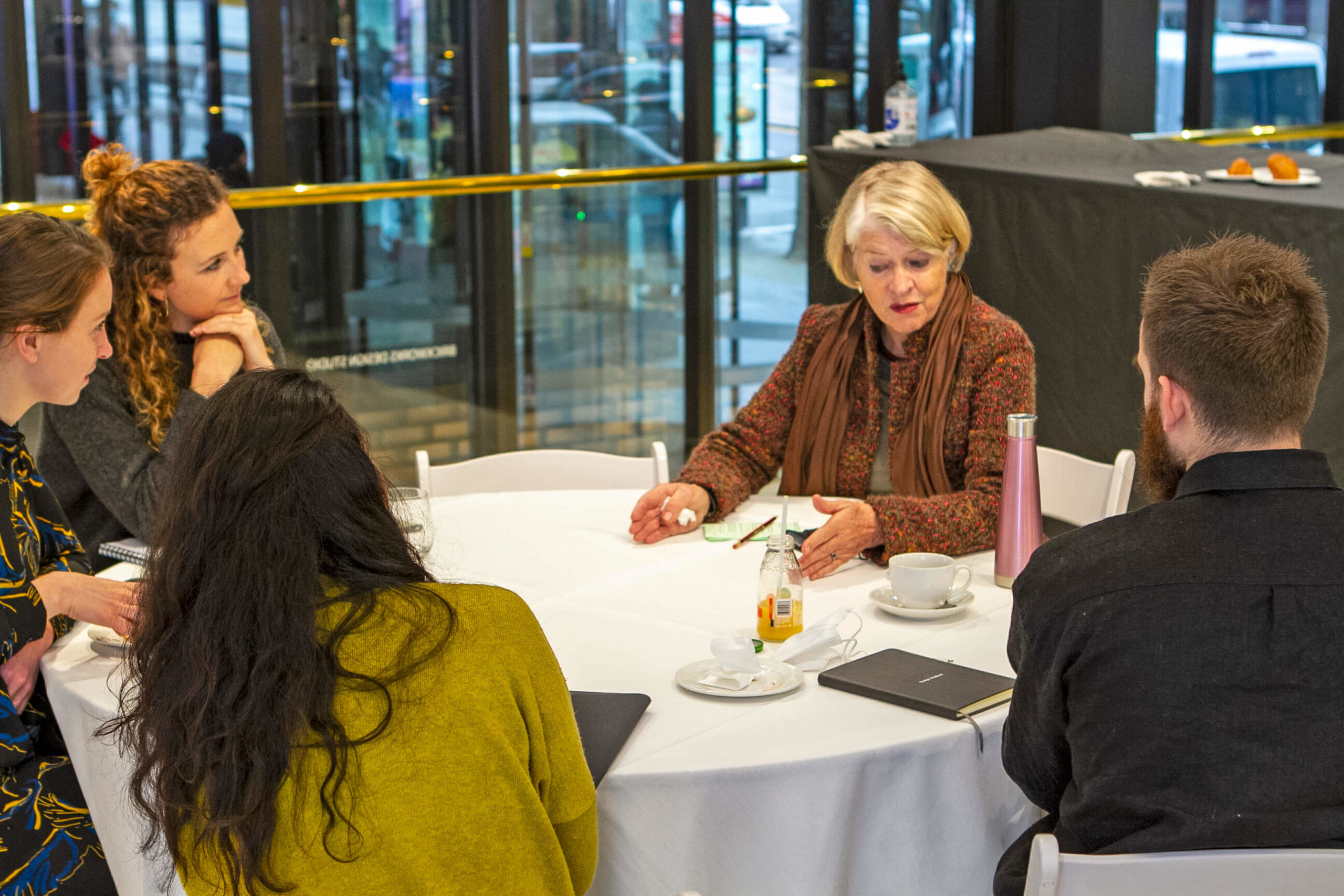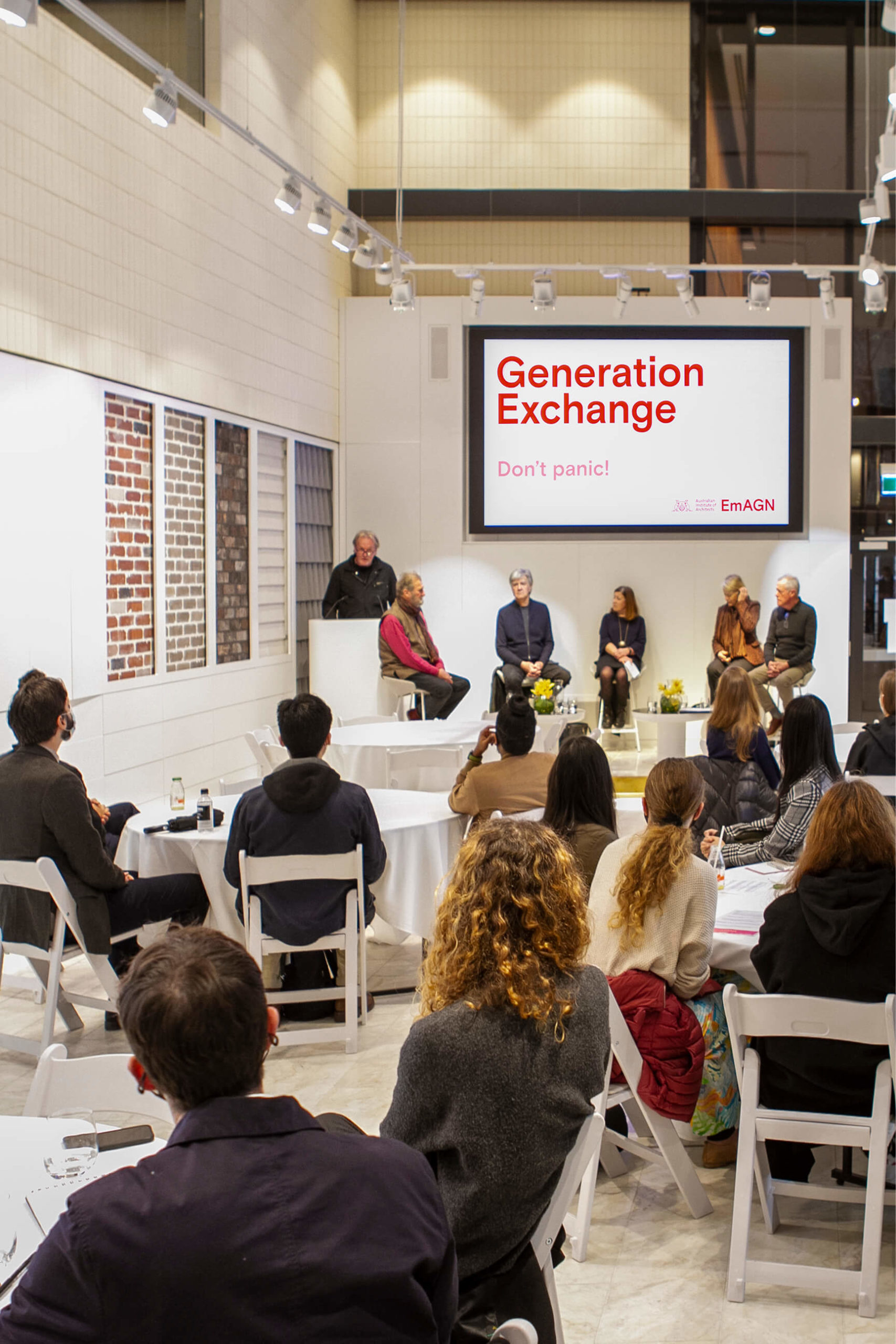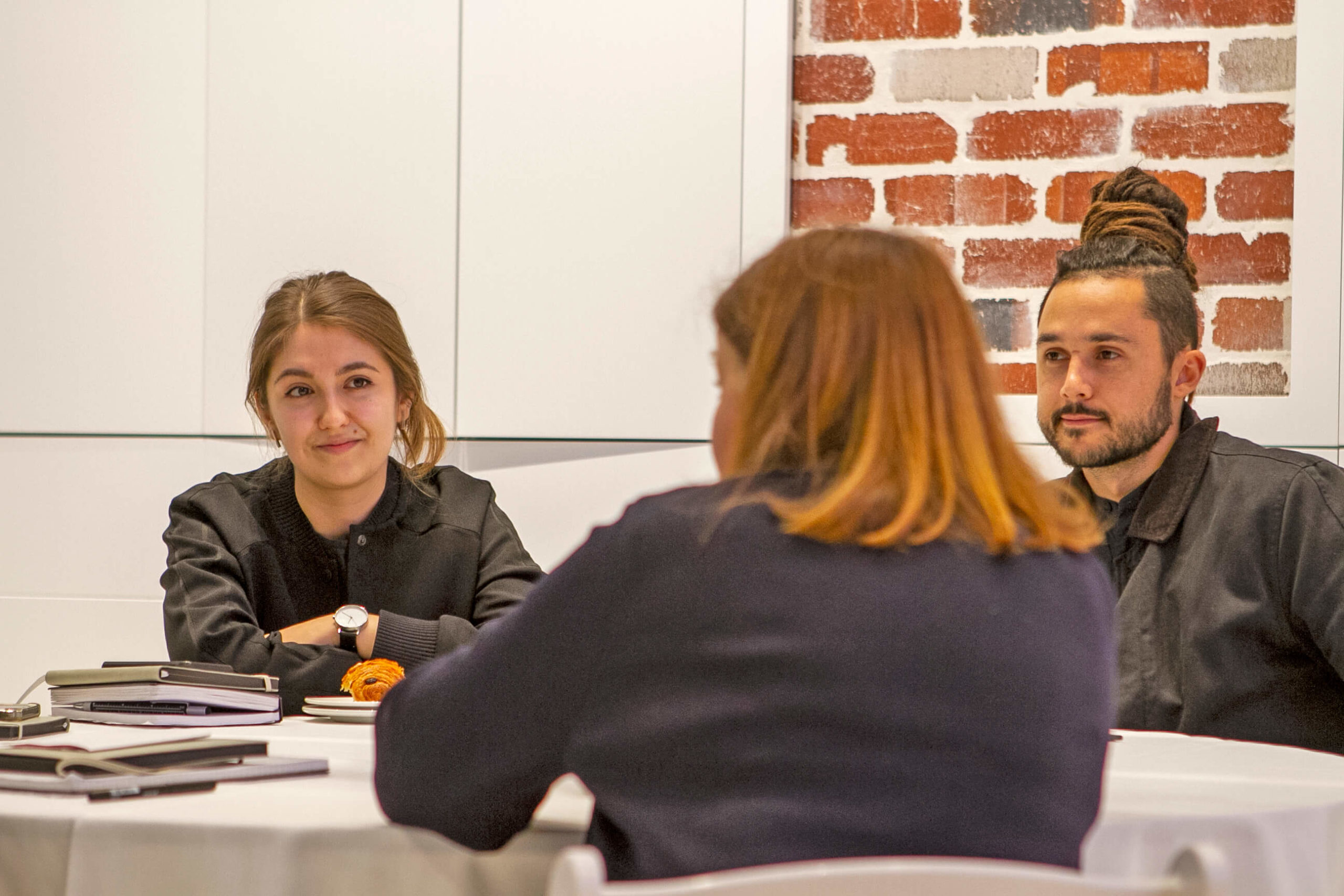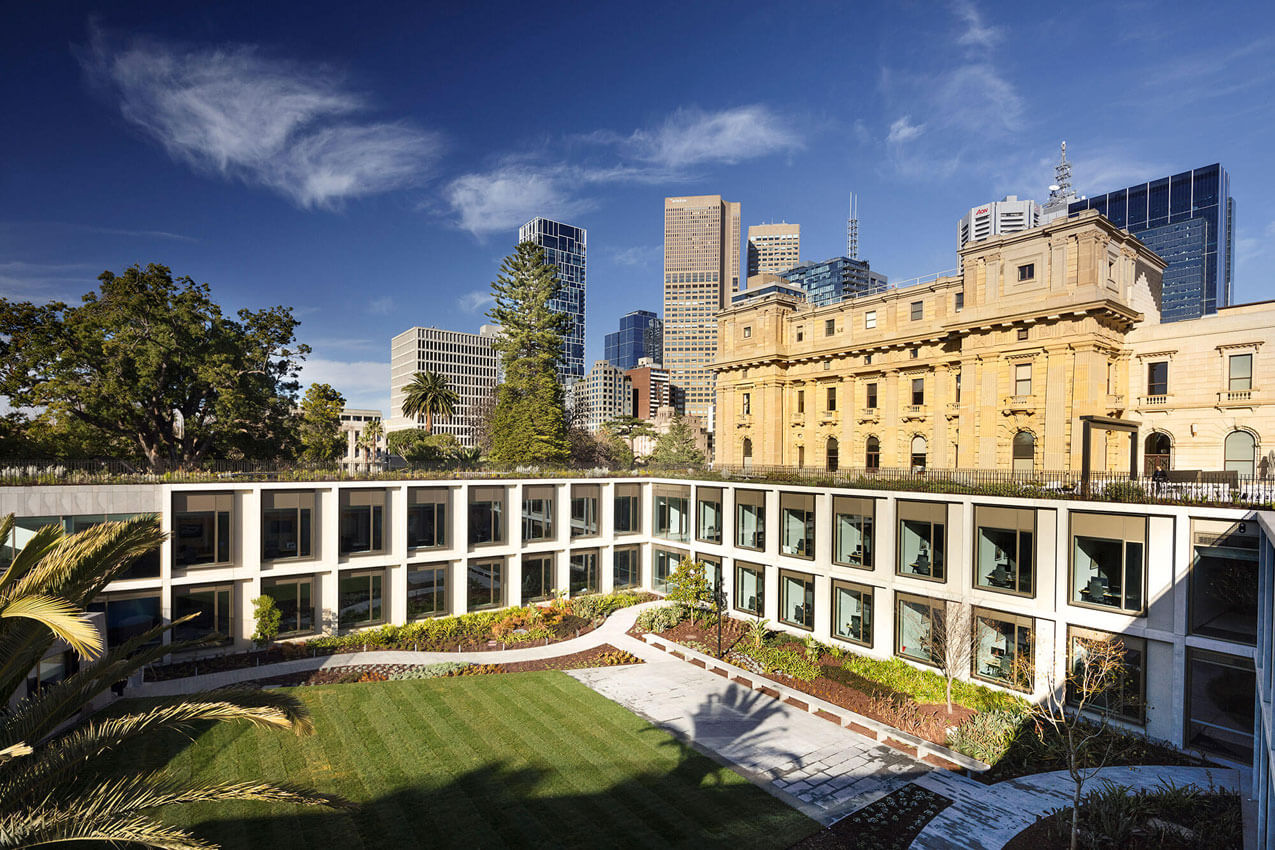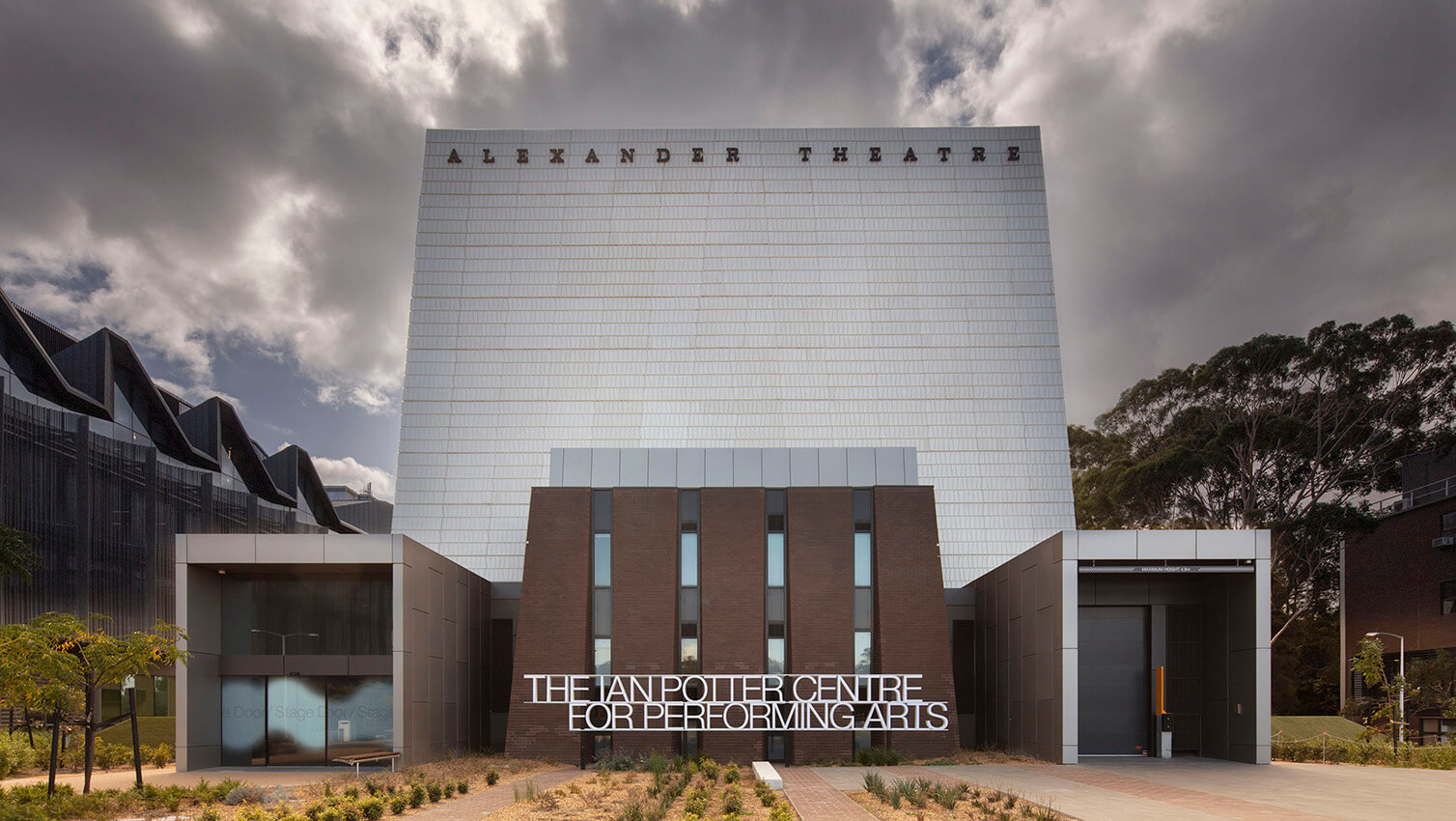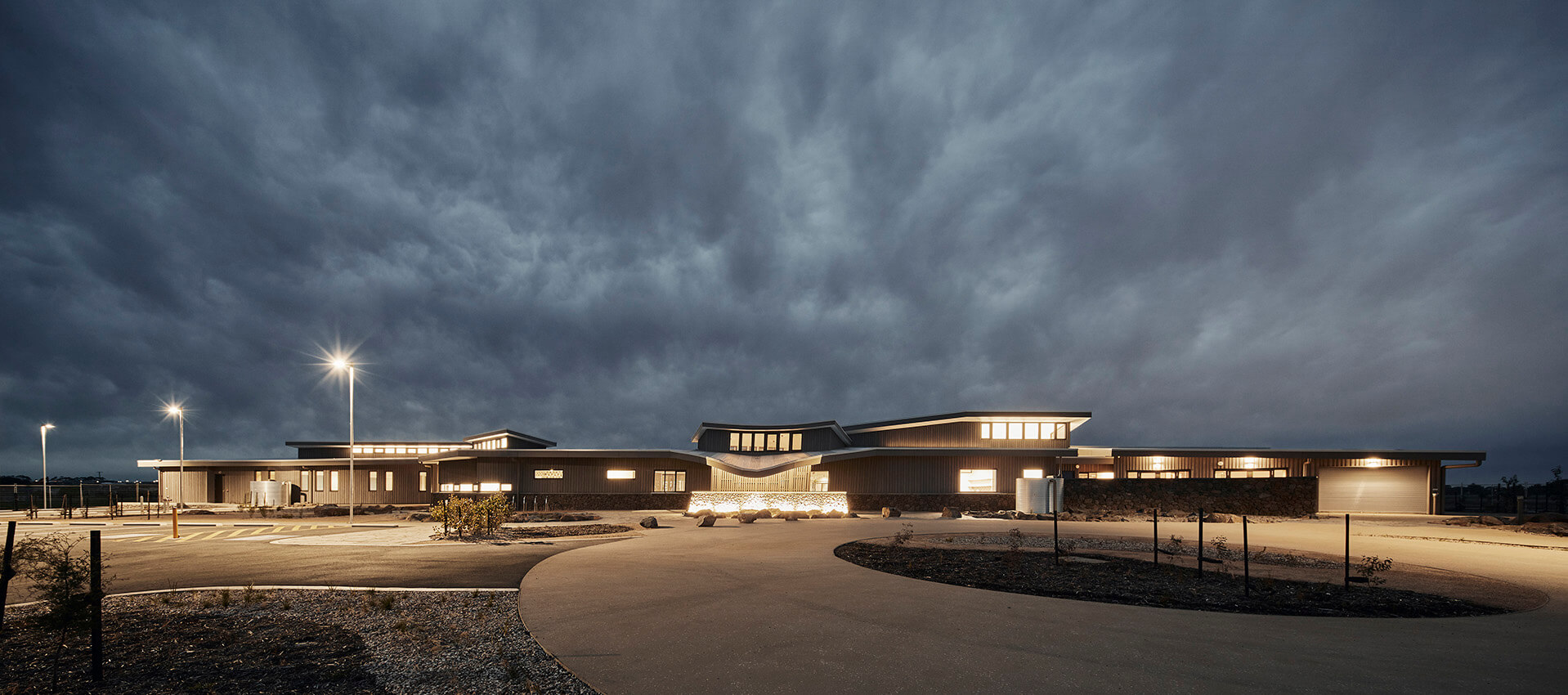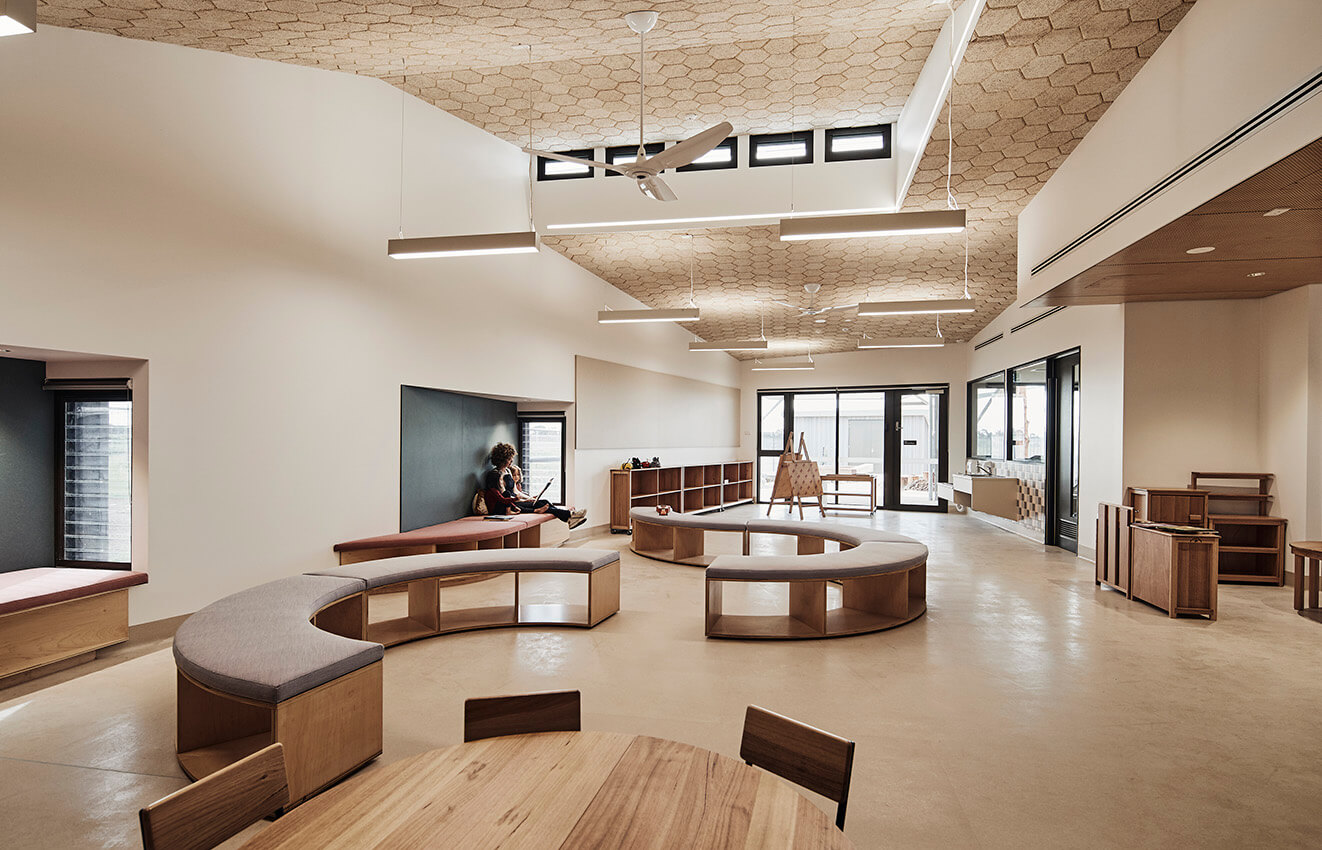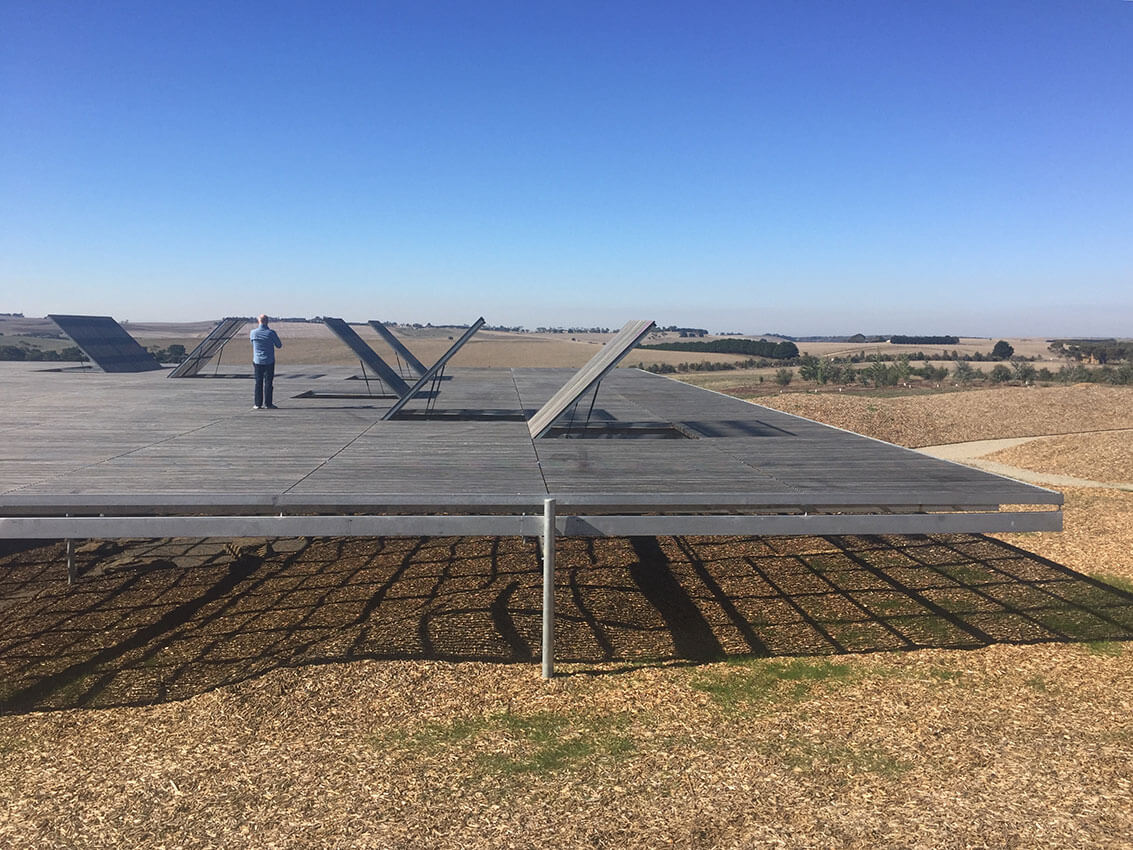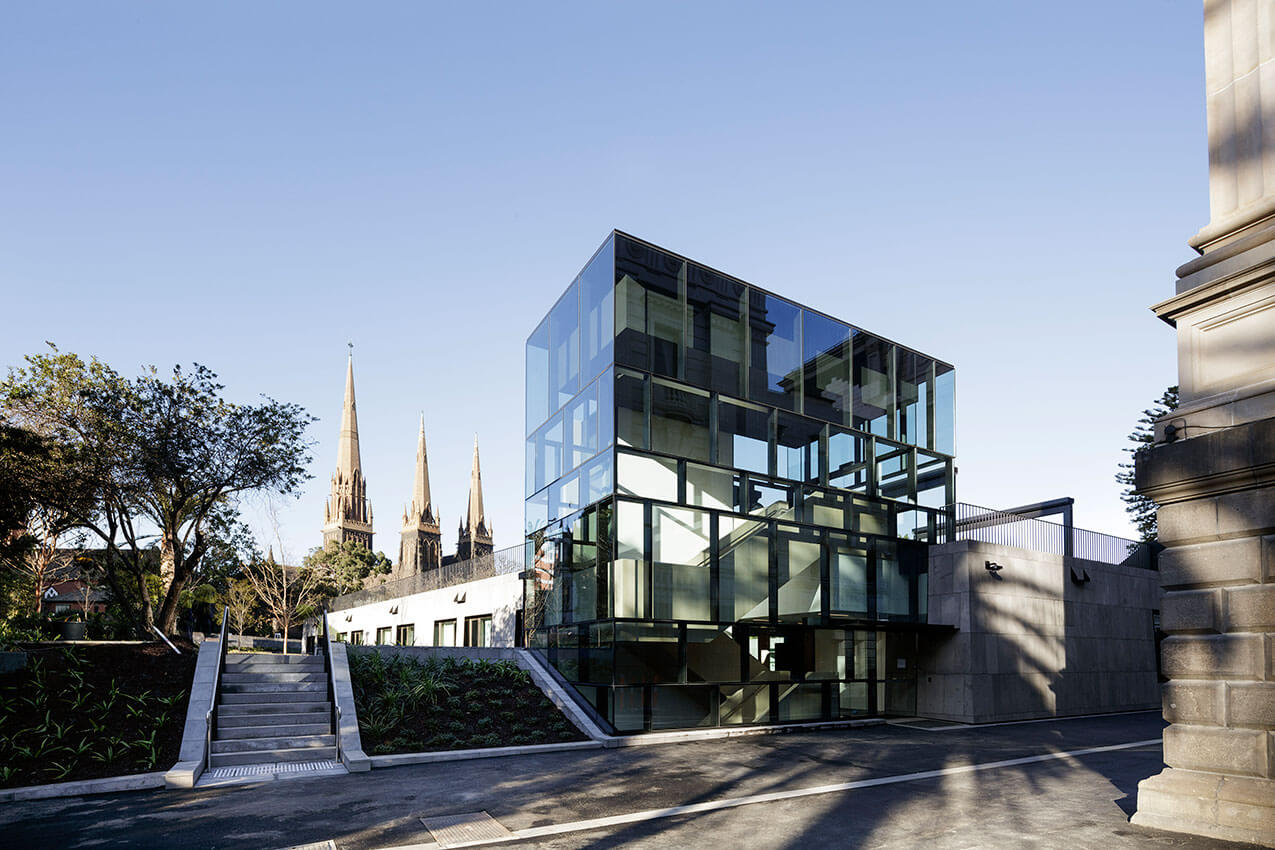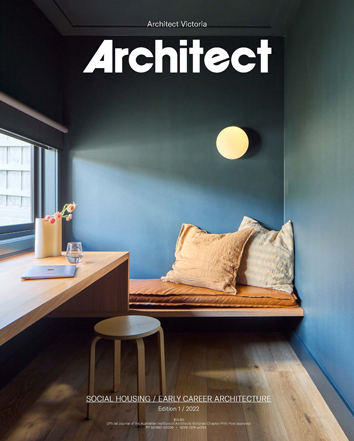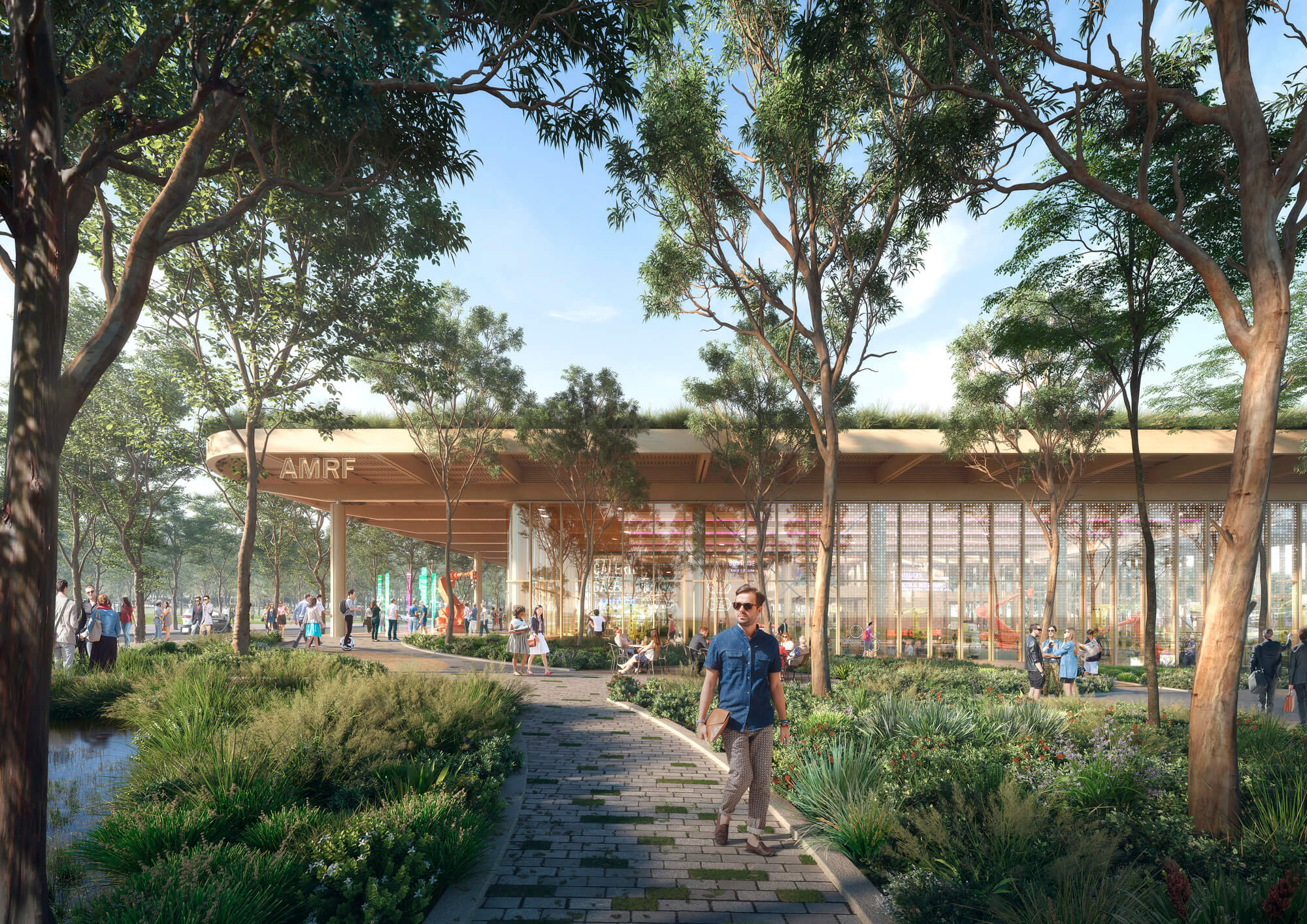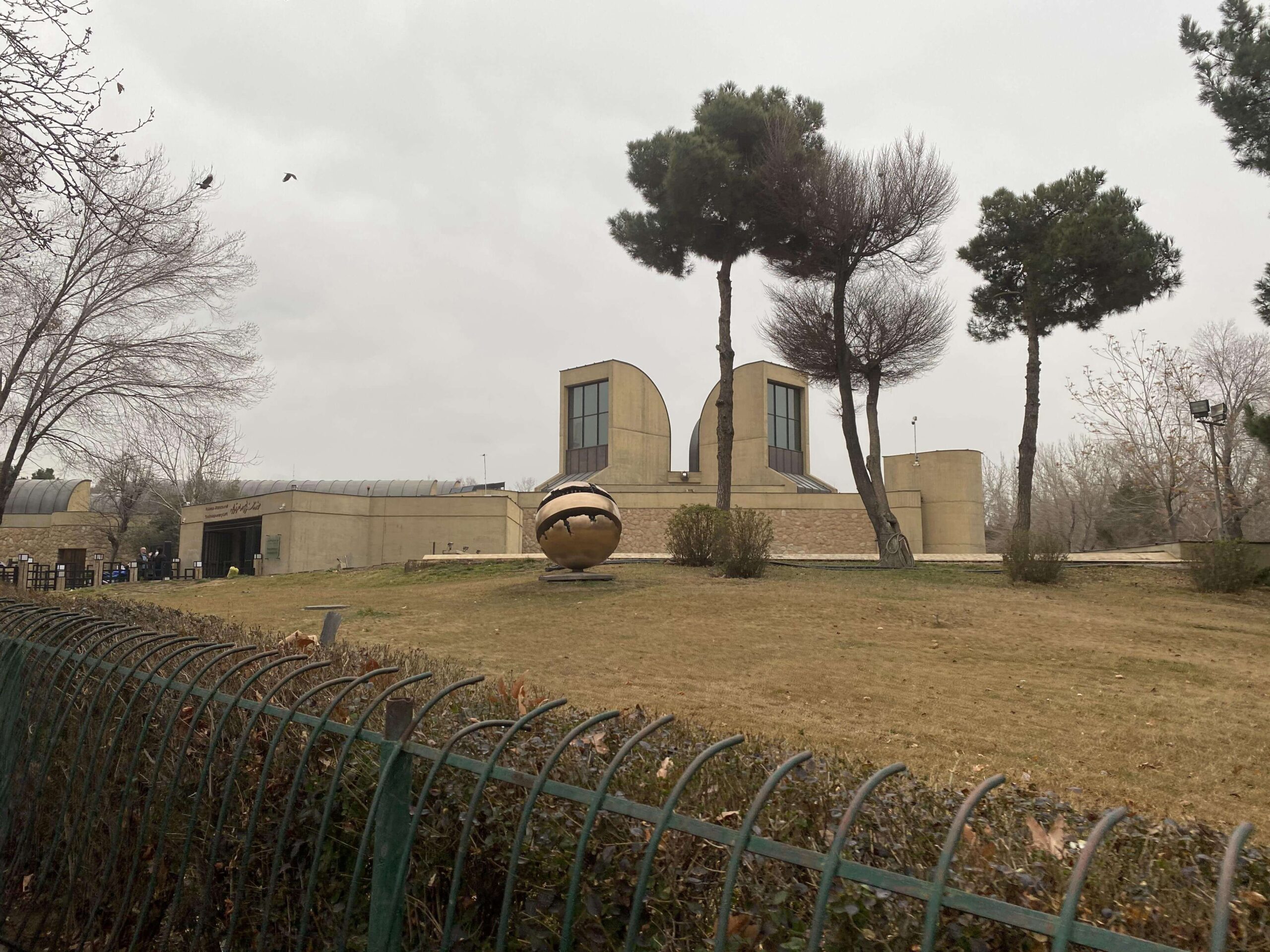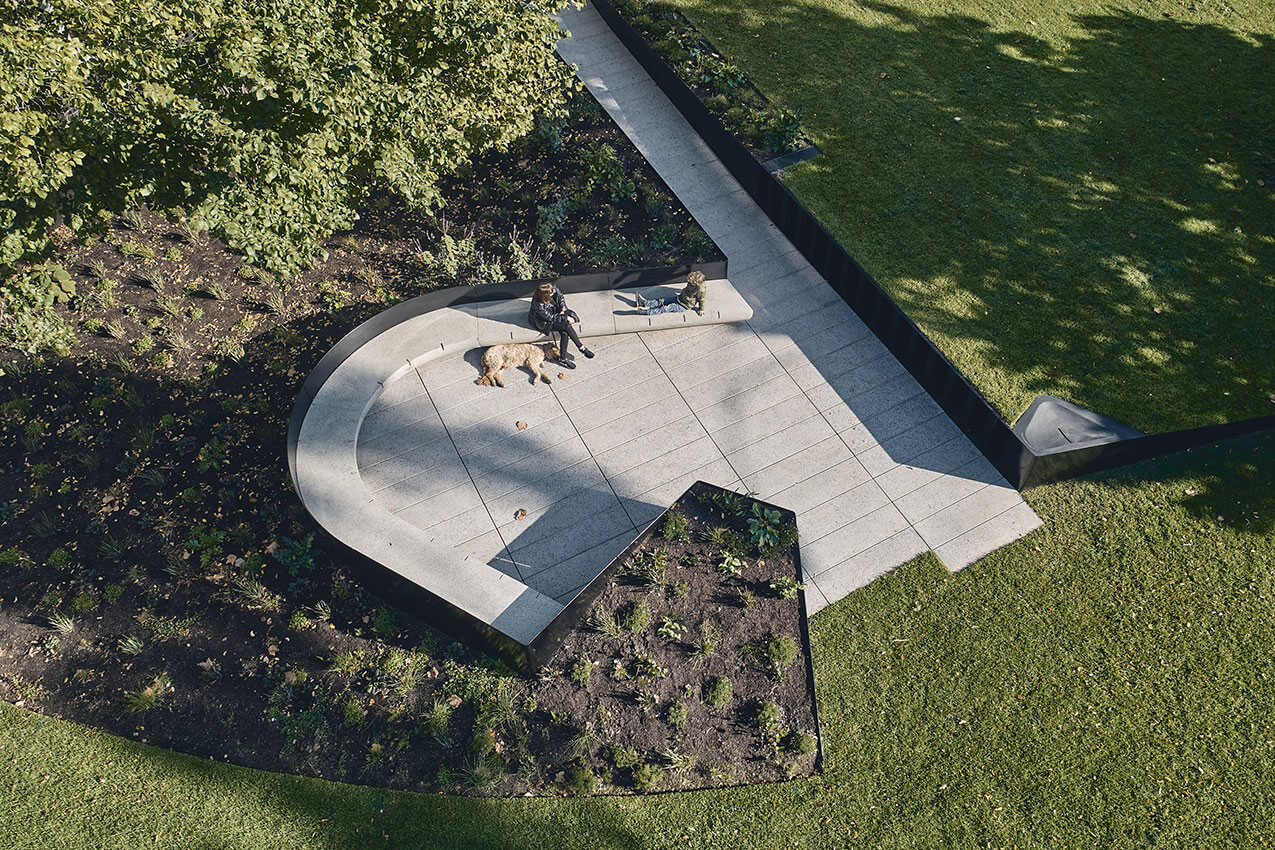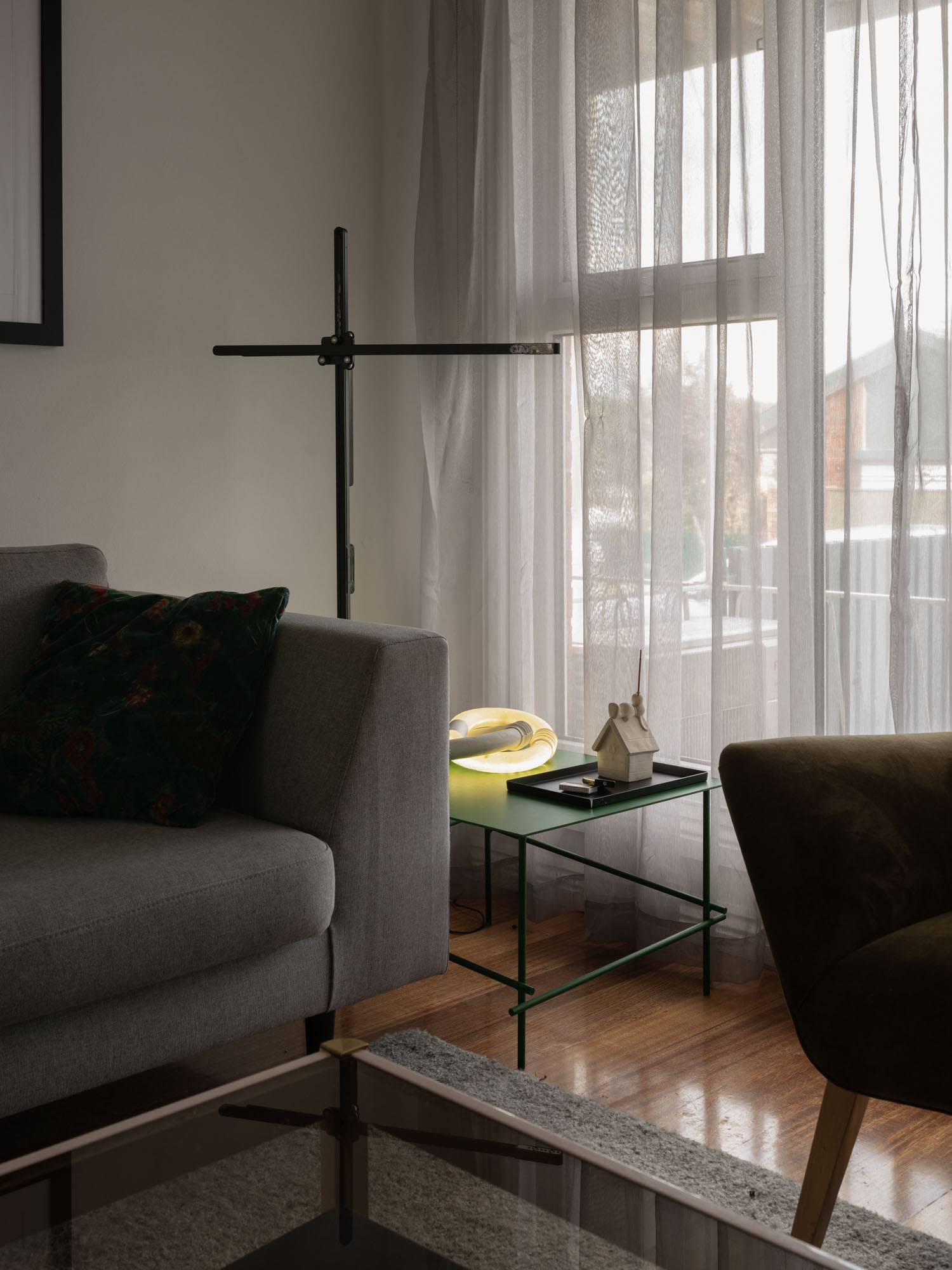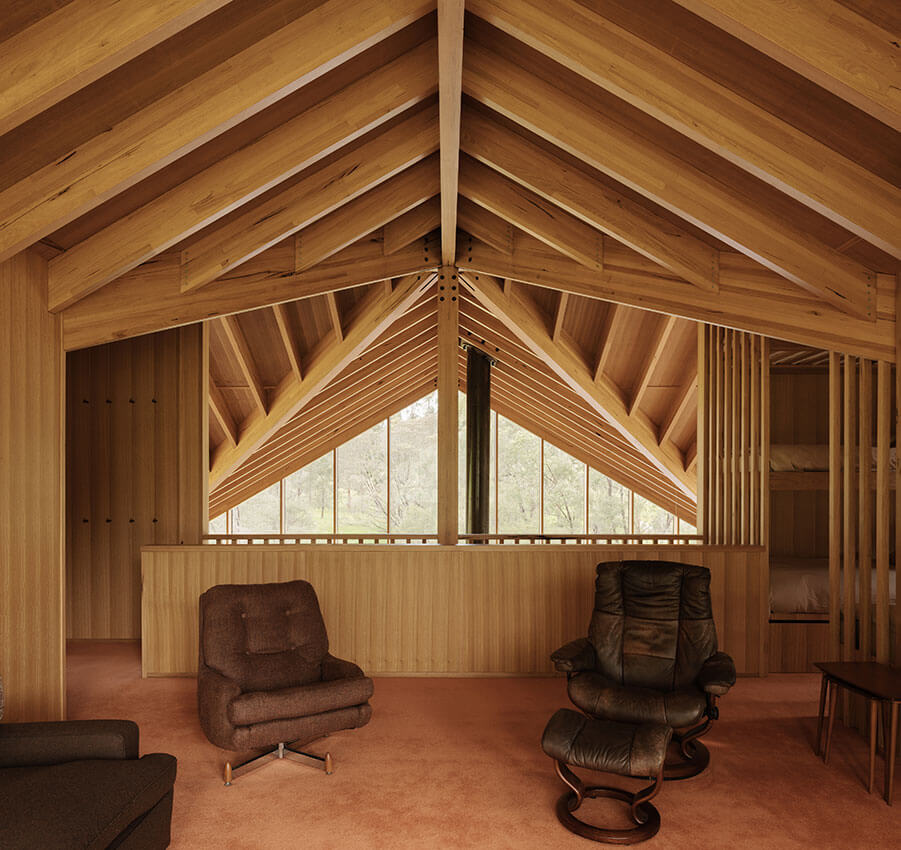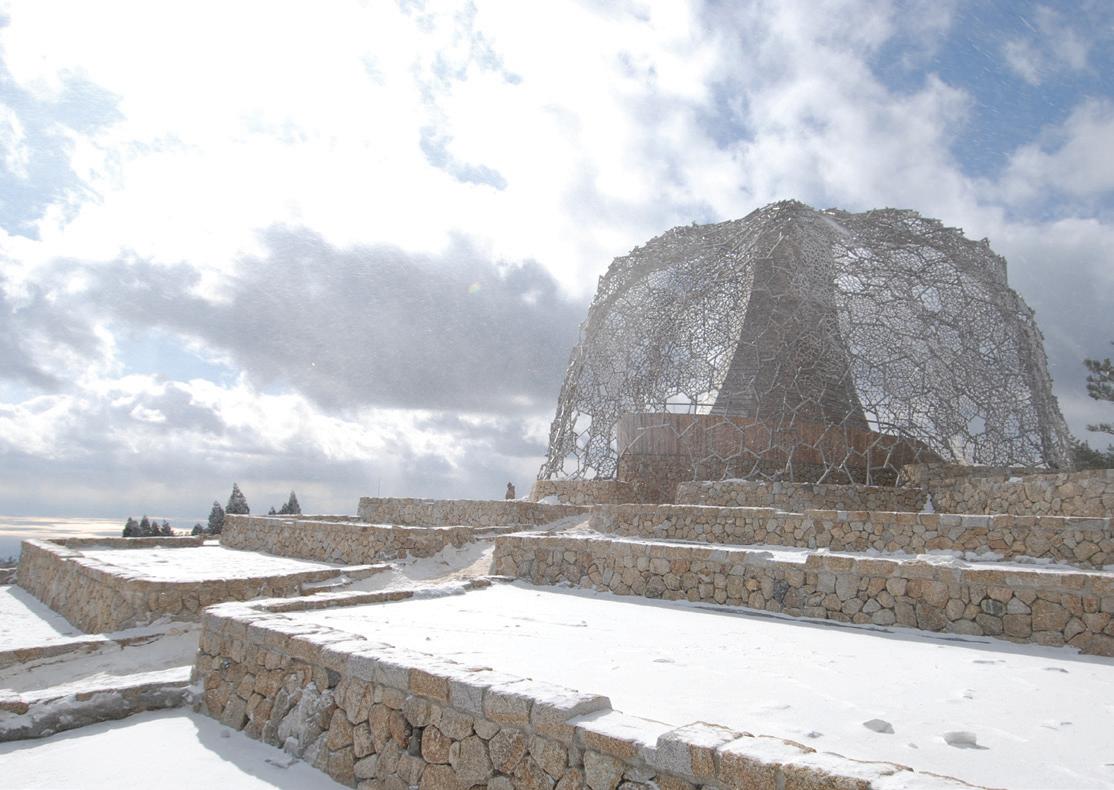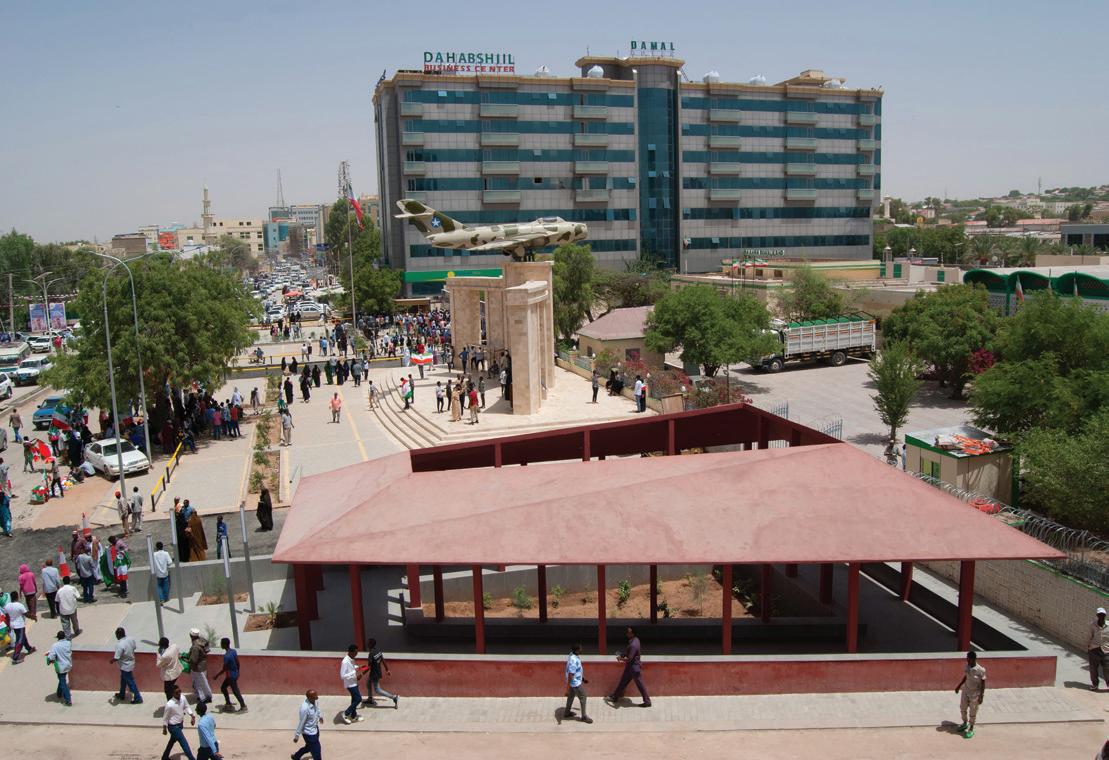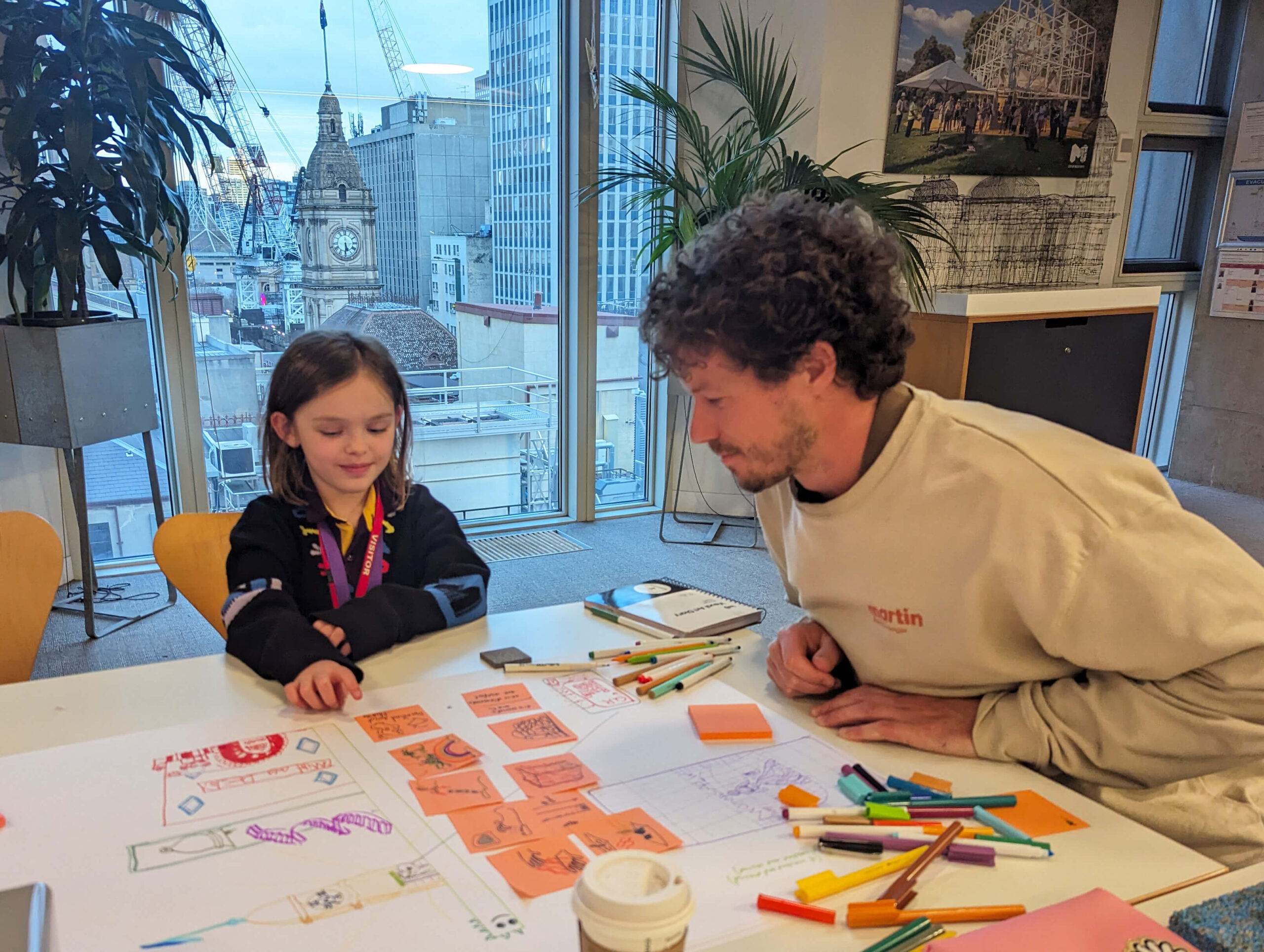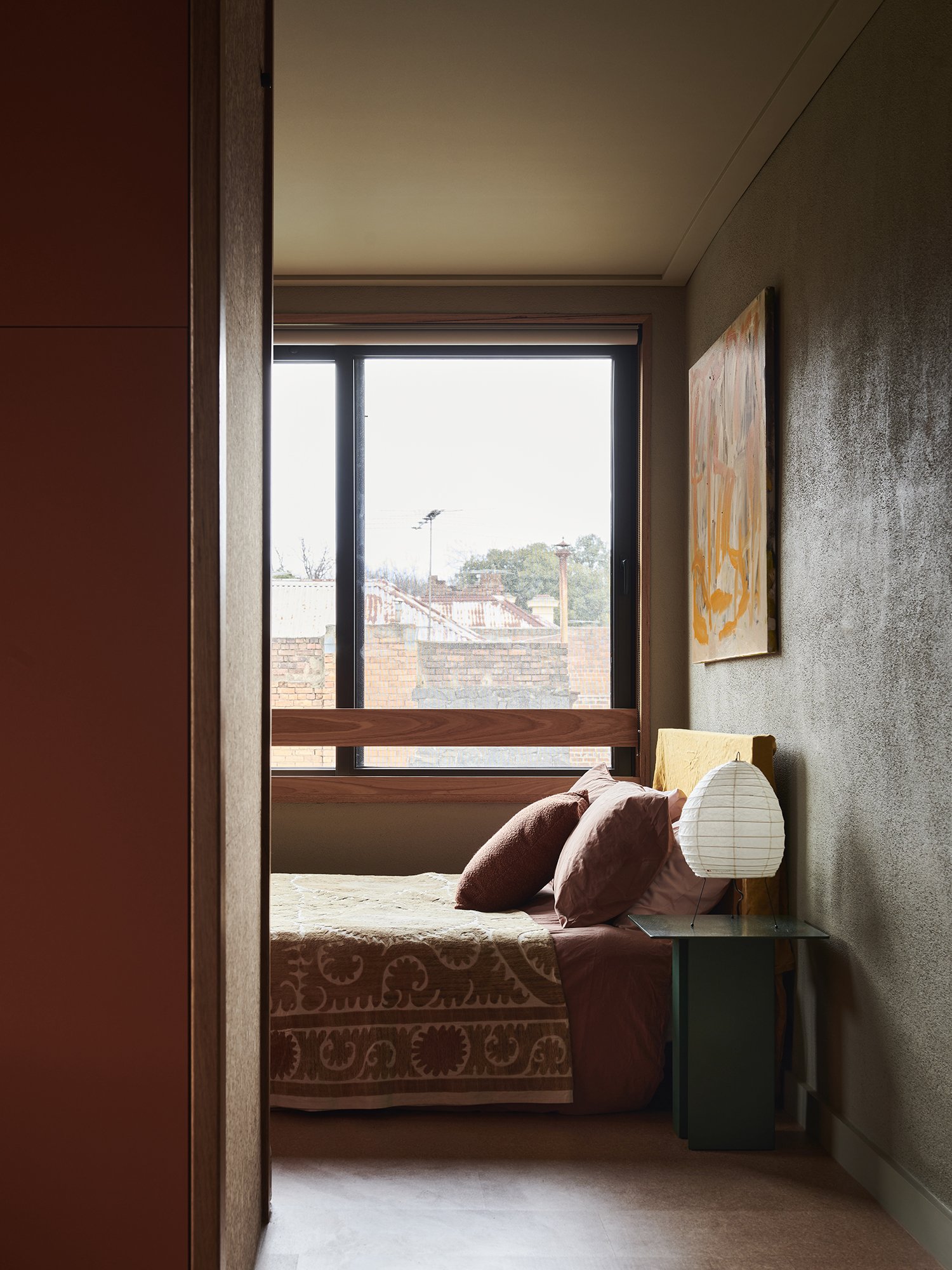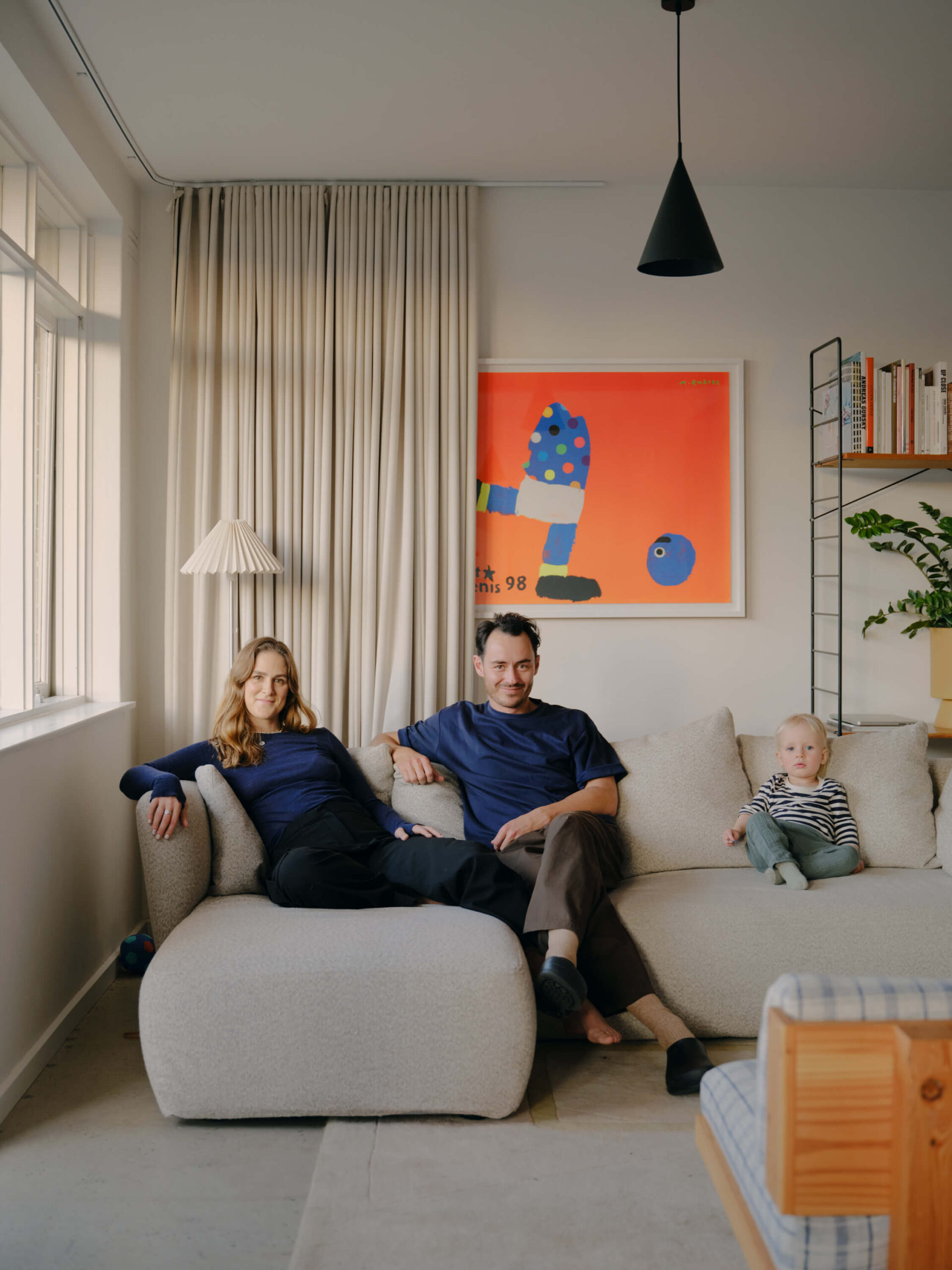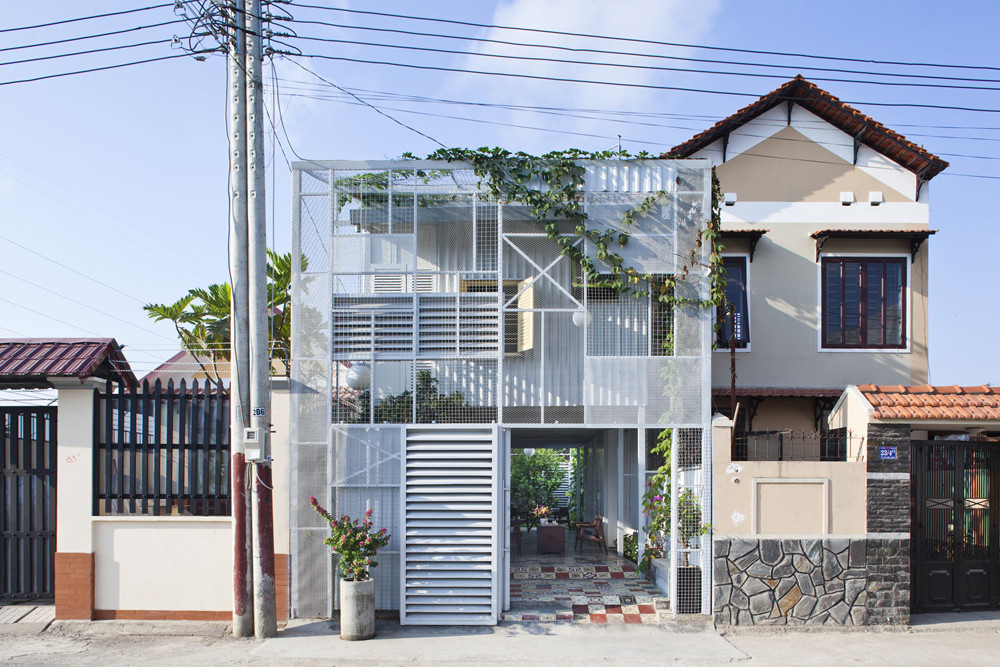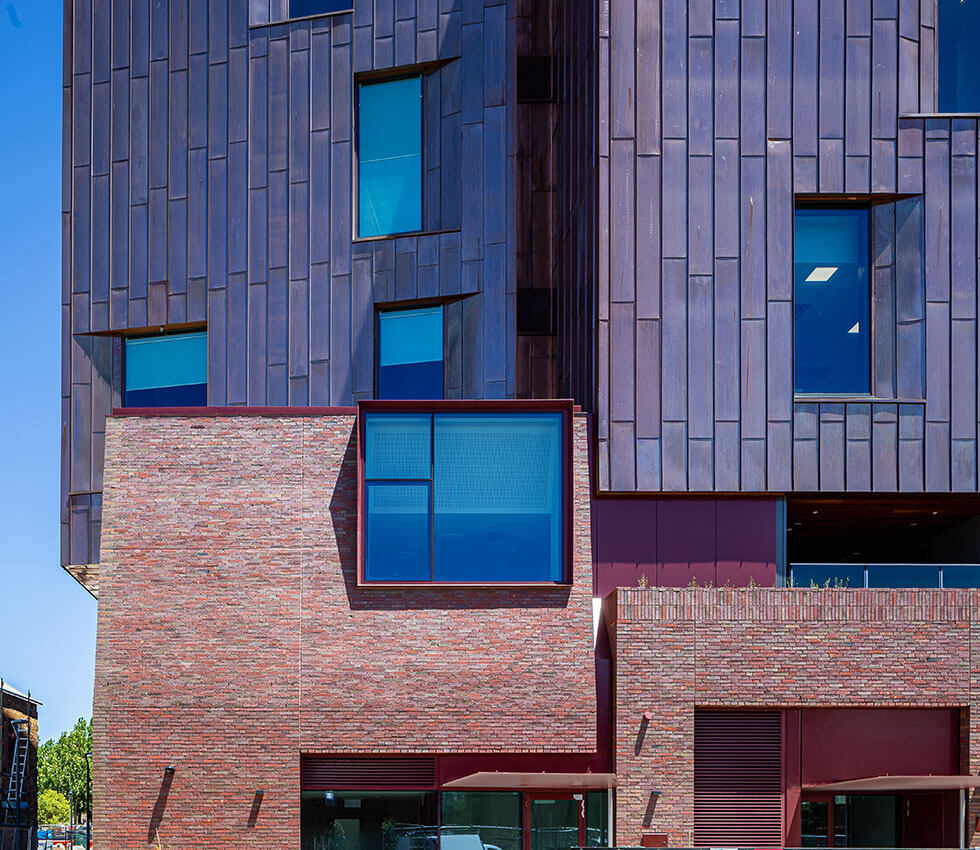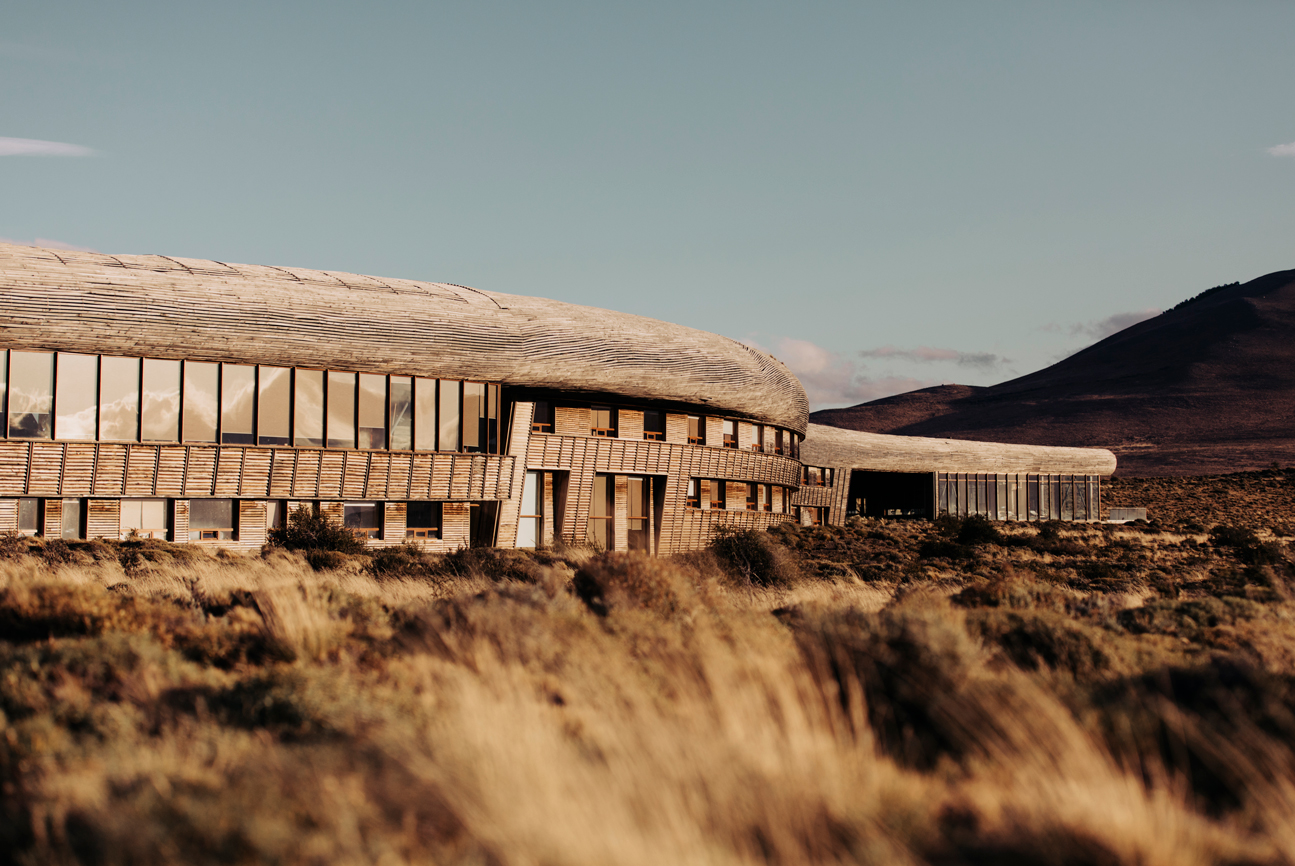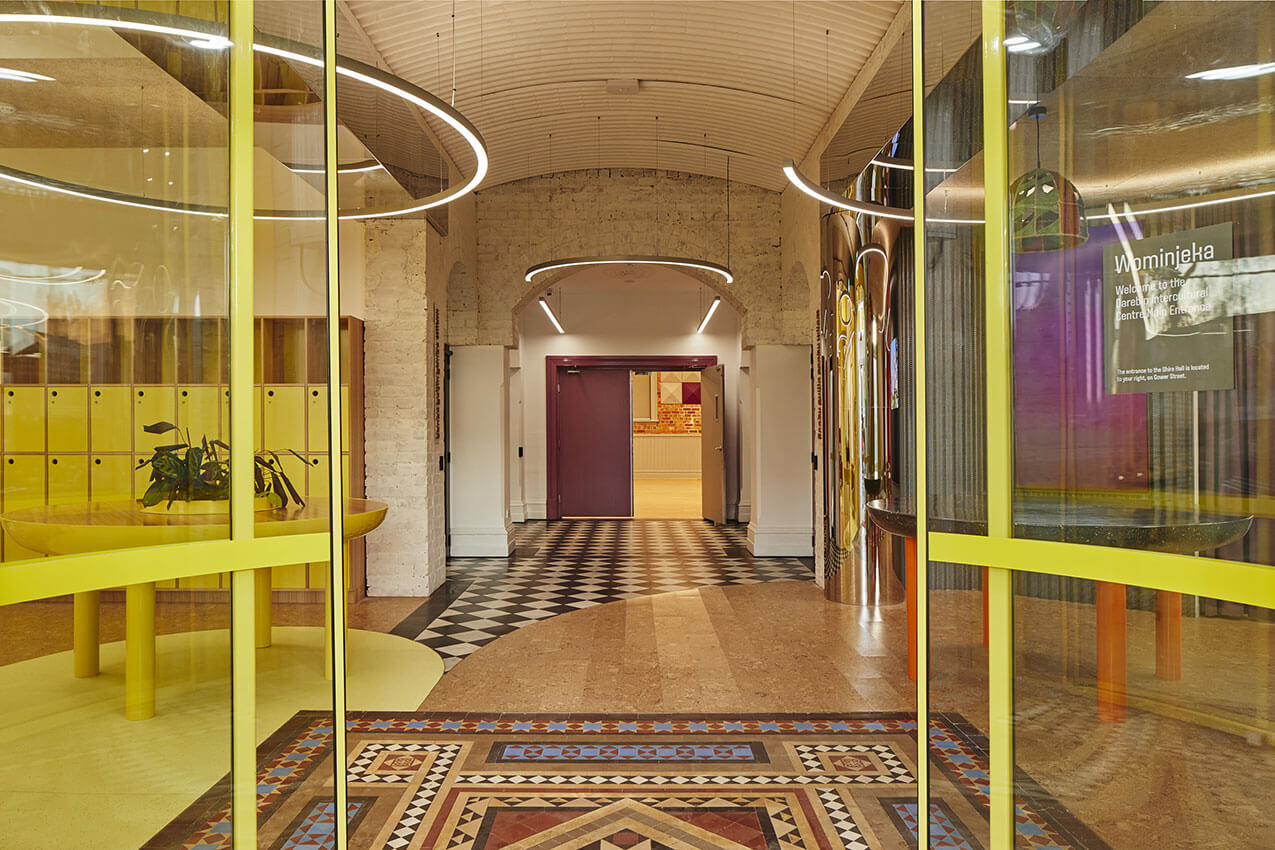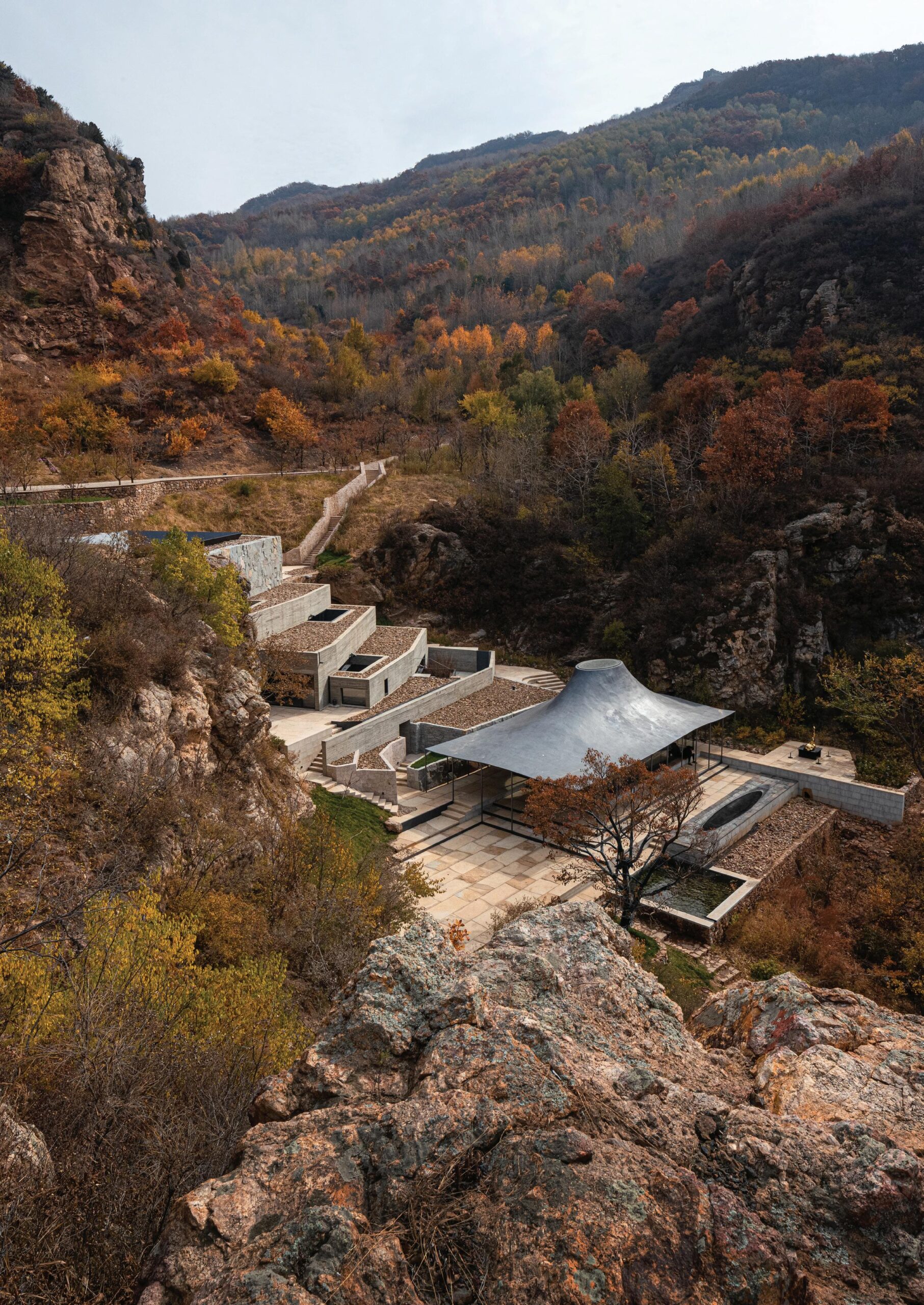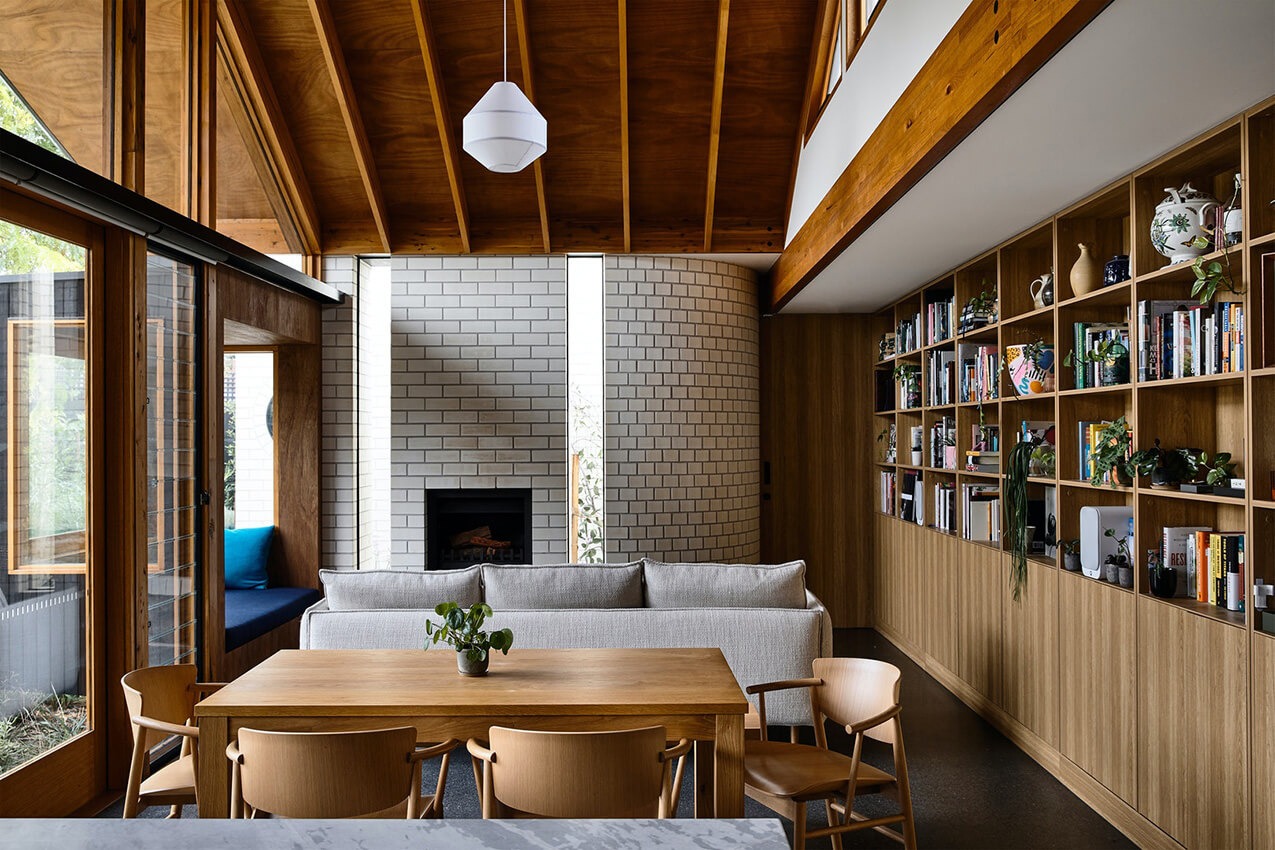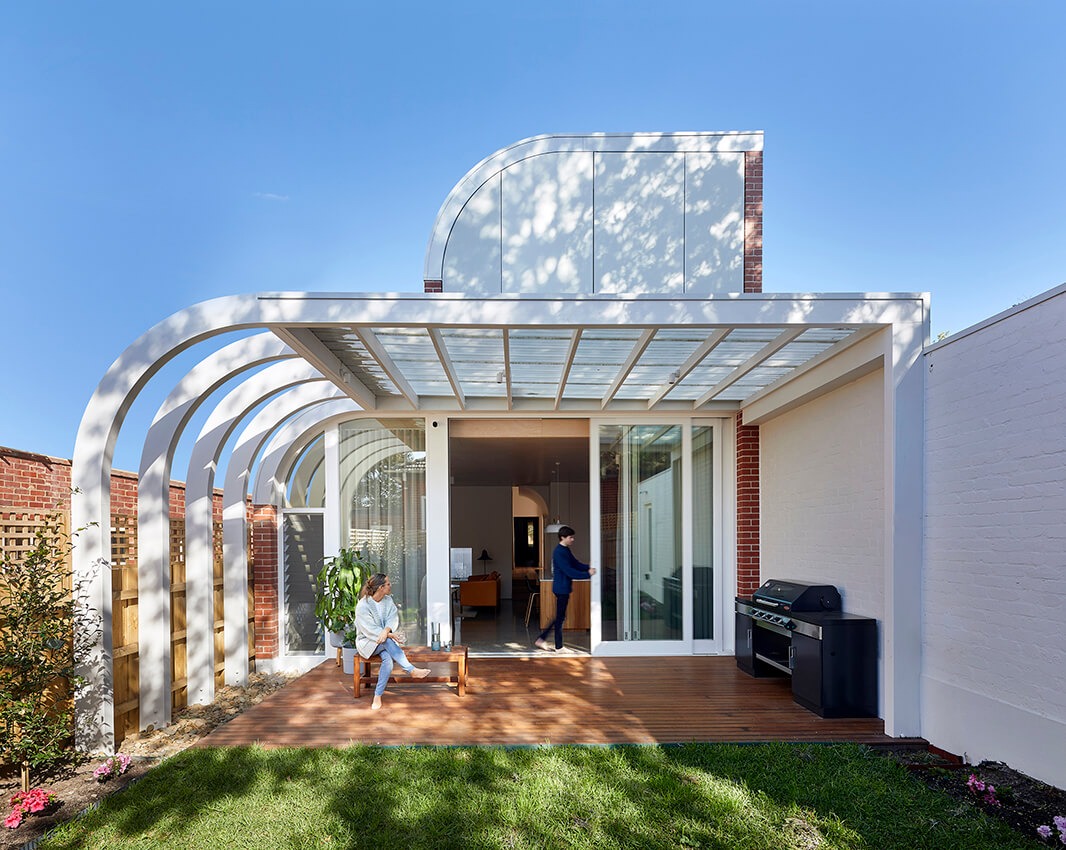Generation Exchange
Words by Sean Godsell
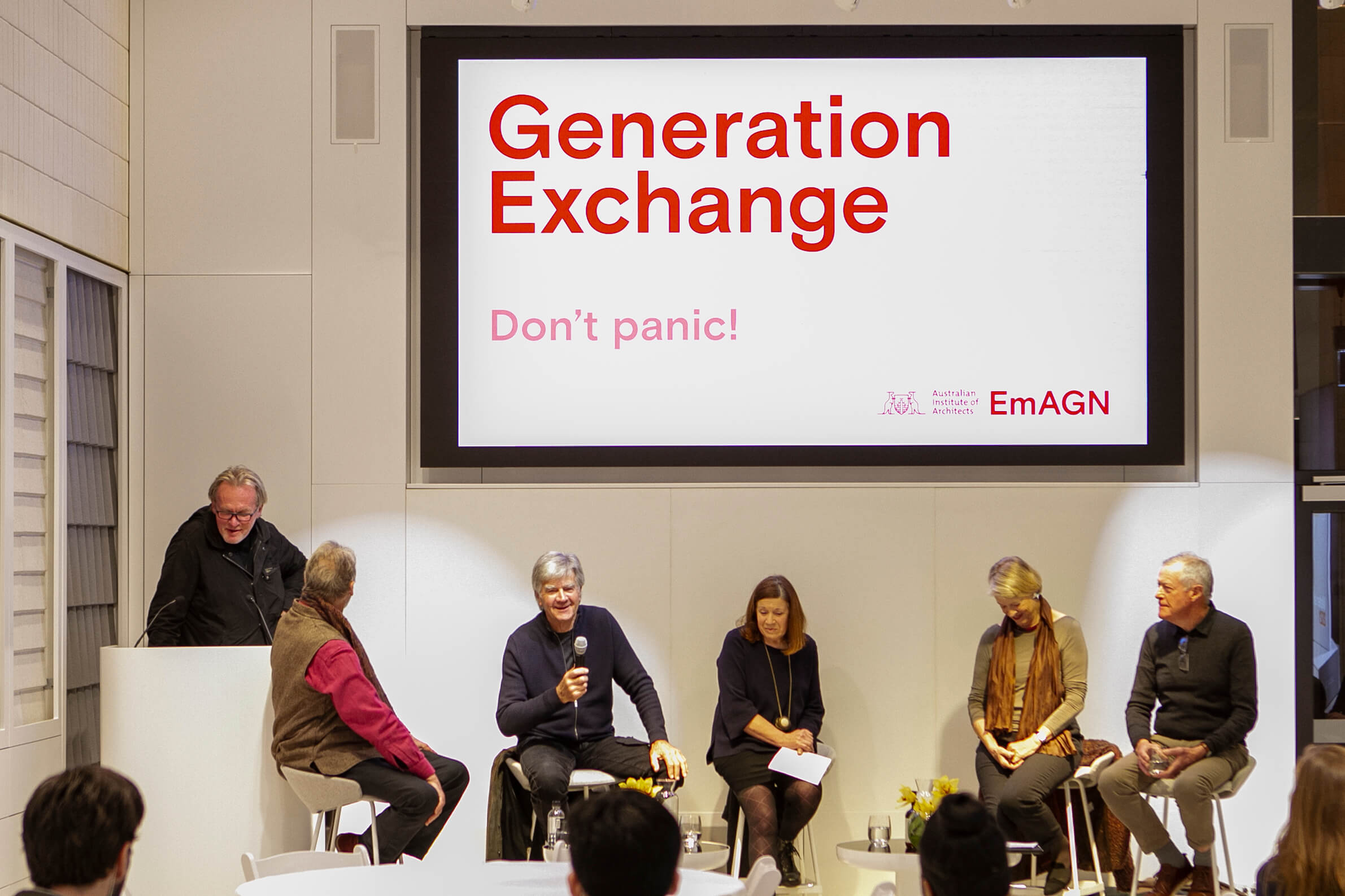
“Not to know what has transacted in former times is to be always a child. If no use is made of past ages, the world must remain always in the infancy of knowledge” – Cicero
Earlier this year, and for the first time in my practice, we determined a building contract. The project was a small residential addition – we still do them occasionally – and the client was a committed fan of the office. The builder struggled through COVID lockdowns but missed practical completion by a country mile. All the usual warning signs had been there months earlier, so we weren’t really surprised when work on site eventually ground to a halt.
We did all we could to help the builder over the line but to no avail. In the end, though still trading, he couldn’t get his sub-contractors to finish the job. My associate Hayley Franklin and I discussed what to do.
We came to the (by then inevitable) conclusion that the contract must be determined and a new builder appointed. More importantly we agreed that our client should appoint a solicitor and that they should terminate on our client’s behalf.
Other issues – defects, warranties and warranty insurance, finding a new builder, and so on were debated at length. Practice notes were read.
Eventually we had a game plan to take back to our client. Not long after agreeing on our strategy we ran into Peter Elliott in the city. Before COVID we would occasionally see Peter and the writer Joe Rollo at the Melbourne Wine Room for a pre-work coffee, interrupting their daily ritual to discuss tomato growing, the demise of the Carlton Football Club and other important things.
When we mentioned our problem project and the reluctant decision to terminate, Peter said immediately ‘you should have your client appoint a solicitor and get them to handle the termination.’ We both smiled and agreed. Afterwards we discussed how reassuring it was to have such an experienced and eminent practitioner come to the same conclusion that we had. Peter’s five decades of exceptional practice was acknowledged a few years ago with the Australian Institute of Architects Gold Medal.
That chance encounter and brief conversation helped underline our position. The contract was mutually terminated, a new builder appointed, and our client loves her new house.
Generation Exchange is a mentoring program that connects our most senior architects with our emerging practitioners in an informal forum. In its own way Generation Exchange attempts to recreate casual encounters like the one I’ve just described. Our senior practitioners have won and lost a thousand battles. They survive not just to tell their tales but to offer reassurance and sustenance to their successors. Their stories and counsel are invaluable, and their experience has been gained over decades of dedication to our profession.
Each Generation Exchange session is loosely based around issues encountered in the day-to-day of practice – clients, builders, disputes, construction, running an office, mental health, equity and so on. Our first session entitled ‘Don’t Panic’ was held in July and five pre-eminent Victorian practitioners – Greg Burgess, Maggie Edmond, Ann Keddie, Max May and Peter Sanders – became our inaugural panel of wise elders, sharing their wealth of knowledge and experience in practice with a (socially distanced) room of young architects, first in a panel discussion and then informally, over coffee and around conducively small tables, young practitioners had the chance to chat with their senior colleagues.
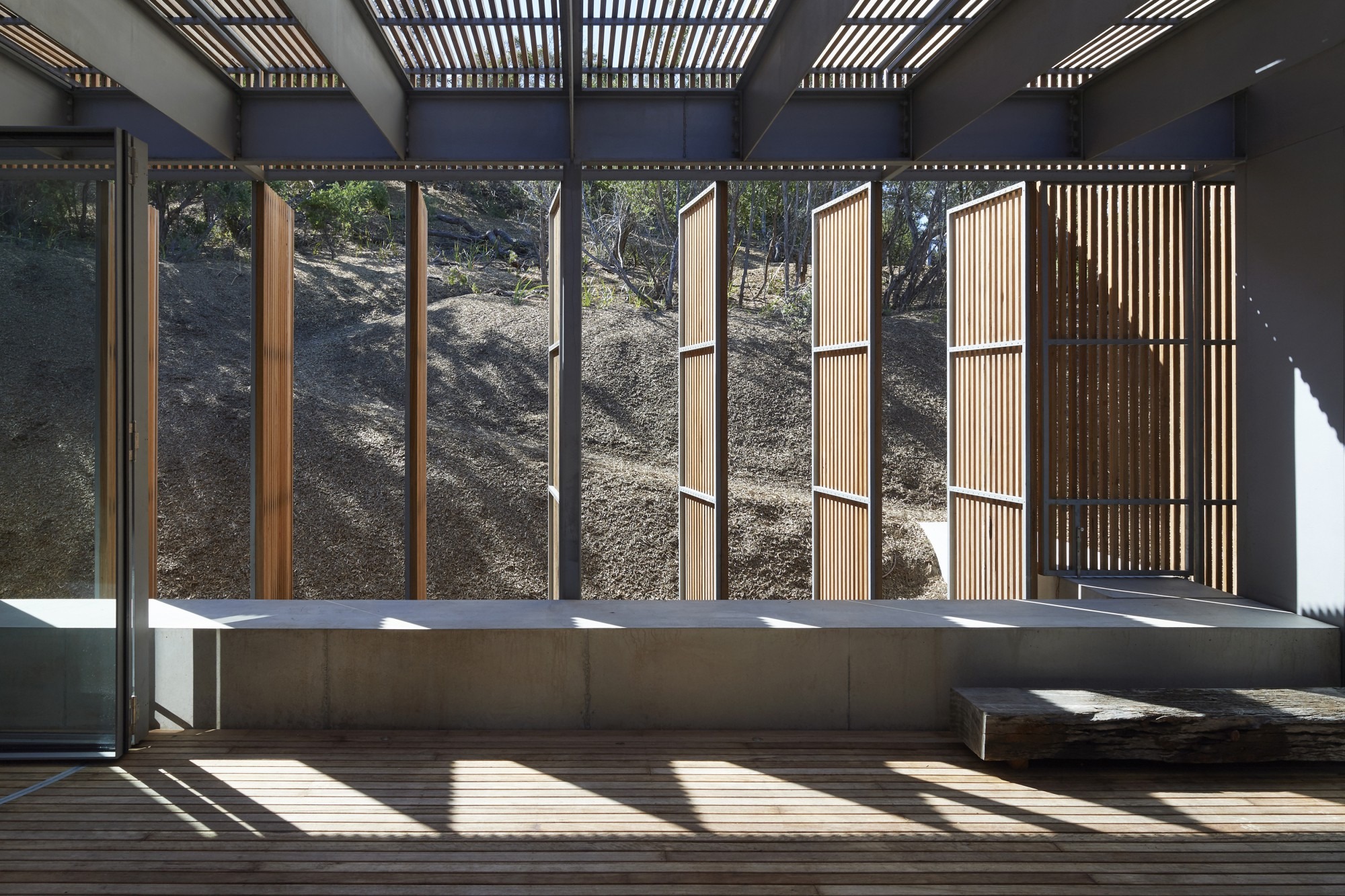
At the end of An American Architecture Frank Lloyd Wright offers advice to the young architect: “Build your first buildings as far away from where you live as possible!” The reality of practice can be confronting.
What Wright was really saying is that it takes decades, not days, to learn how to produce architecture. Early in our careers it is simply a fact that our ideas and aspirations are running well ahead of our ability to deliver them.
Navigating a way through this period can be daunting and the reassurance that there is an older generation of architects available to contribute their wisdom and knowledge to younger practitioners is welcome. As well as nurturing the profession, our service to, and role in the community is bolstered by the consolidated combination of youth and experience and our profession is more collegial and better for it.
Our agenda with Generation Exchange is to build a pool of senior architects drawn from diverse backgrounds, still practising or recently retired, who are ready, willing and able to share their experience with their younger colleagues.
In the rapid exchange of information that is now a daily reality of contemporary practice there seems to be little time for wisdom. Speed rules. Communication is dynamic. Considered correspondence remains an obligation of our profession yet the hourly deluge of emails that we all deal with in practice is anathema to this fundamentally important component of our practising modality.
It was fascinating to hear how much practice has changed in this respect since our panelists first began their working lives as far back as the 1960s. Carbon copies, typewriters and landlines were the order of the day back then. Now we Zoom. In the inaugural Generation Exchange we were privileged to hear stories from each of our panelists. The theme Don’t Panic was chosen because we have all had those moments in practice – ‘did I forget to?’ ‘should I have?’ ‘I don’t know the answer to’ and so on and it was entertaining and reassuring for young practitioners to know that pretty much everything they are encountering at the start of their practising lives has been seen and dealt with before.
Ann Keddie and Maggie Edmond spoke of their roles as women in the profession. We learned that Pete Sanders had worked as a young architect in Le Corbusier’s office in Chandigarh and (Pritzker Prize winner) BV Doshi allowed Pete to sleep on the floor of his studio. Max May began life as an engineering student and first wanted to be a civil engineer, and former Hawthorn footballer and Australian Institute of Architects Gold Medalist Greg Burgess spoke beautifully about the power of architecture and its capacity to touch the human spirit.
My life in architecture began early. My father David was a well-known Melbourne practitioner and I spent a fair chunk of my childhood on building sites and in his drawing office. A couple of months after I graduated from the University of Melbourne, dad was diagnosed with cancer and he died about twelve months after that, at the relatively young age of 56. I helped out on a few projects with him during that period when his health was failing. His wealth of knowledge was untold and his drawing skill, sublime. I think I probably drove him crazy with questions. ‘Hey, um, dad?’ ‘Hey, um, yeah’ he would reply. After he died I had to wrap up a couple of his projects – minor in hindsight but at the time quite terrifying – a dispute over the standard of paint finish in a small factory project, contract variations on a residential job, that sort of thing. My safety net was gone and I realised how little I knew and how much there was to learn. There were so many more questions I wanted to ask.
If Generation Exchange provides support to our young practitioners, it aspires to do so in a parental way. Equally important, it is an opportunity to acknowledge and respect the voices of our most senior practitioners – to hear and learn from their stories and to thank them for nurturing and protecting our profession.
